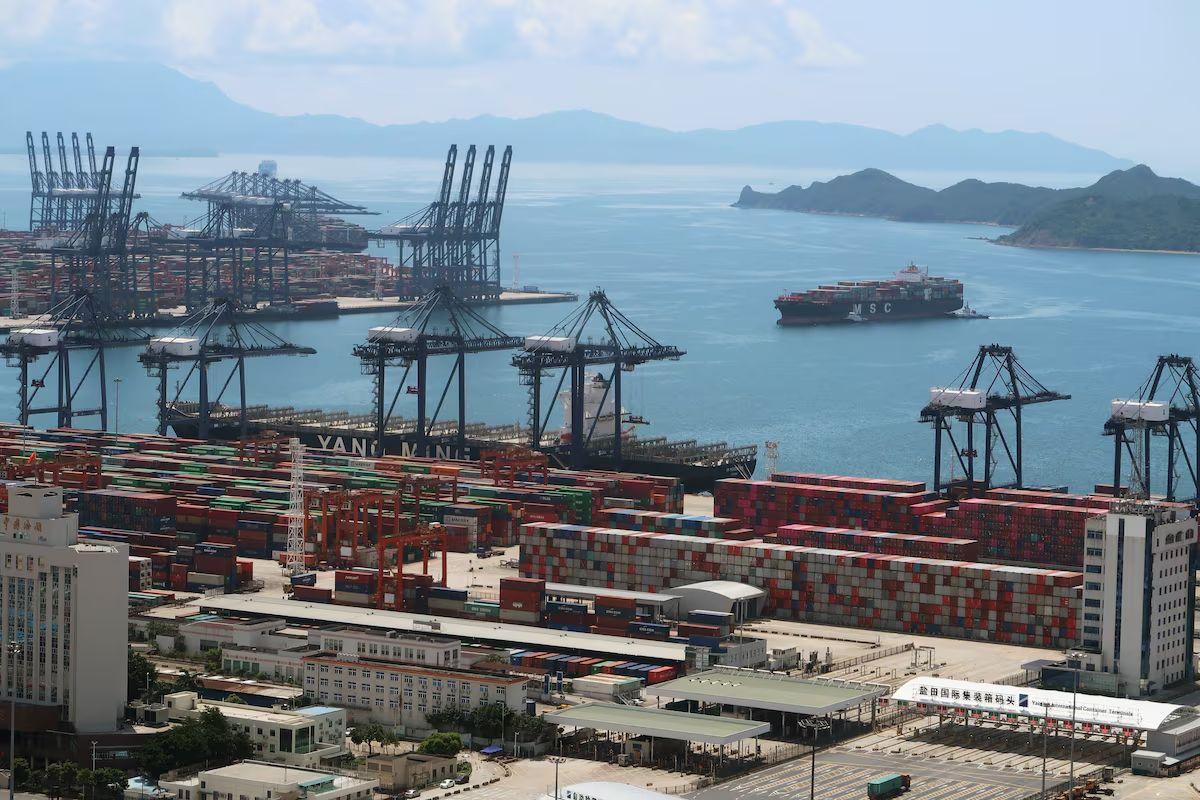Govt nudges industry stakeholders to raise imports from Washington

Photograph: Martin Pollard/Reuters
India is exploring strategies to reduce its over $40 billion trade surplus with the US – a key concern for the Donald Trump administration — to fast-track the proposed bilateral trade deal.
According to a source familiar with the matter, the Indian government is encouraging industry stakeholders, including exporters and importers, to evaluate opportunities for increasing imports from the US.
Narrowing America’s mounting trade deficit has been the cornerstone of Trump’s sweeping country-specific reciprocal tariffs, which he later paused for 90 days until July 9.
Based on the formula used by the United States Trade Representative office, India’s shipments to the US are supposed to face an additional tariff of 26 per cent.
With talks on the proposed India-US Bilateral Trade Agreement (BTA) scheduled to take place in Washington later this week, and formal negotiations expected to begin within a month, a calibrated increase in imports from the US is seen as a crucial signal behind India’s willingness to address Washington’s concerns.
The terms of reference finalised by India and the US for the proposed BTA is likely to include around 19 chapters, covering goods, services, non-tariff barriers, rules of origin, customs facilitation, dispute settlement and regulatory issues, official sources said.
Government officials said that since India runs a trade deficit of as much as $282 billion, shifting the source of imports to the US will not pose a major challenge.
“Narrowing the trade deficit could be one of the outcomes of the BTA.
“Both countries aim to increase bilateral trade to $500 billion by 2030, which could boost exports,” one of the government officials told Business Standard.
In FY25, India’s trade surplus with the US widened to $41 billion, from $35 billion a year earlier.
India is also expected to ramp up imports of crude oil and liquefied natural gas (LNG) from the US.
An industry official said that there may be an incentive to import more from the US, according to the latest regulation released by the White House earlier this month, which states that the import tariffs would be applicable only to the ‘non-US’ content of a product.
“This means that the import duty will be calculated based on the share of non-US components in the final product,” the official explained.
“This could benefit sectors like plastics, where polymers sourced from the US would incur lower tariffs.
“Similarly, in the gems and jewellery sector, importing gold from the US could offer a cost advantage.”
However, an exporter will be able to take a call, depending on the final calculation that will be influenced by the difference in the price of the raw material or the final gain on the import duty front when the finished goods are exported, the official added.
Furthermore, India is looking to diversify its trade exposure by expanding into new markets globally.
In FY25, India’s imports from the US grew 7.4 per cent to $45.3 billion, while exports surged 11 per cent to touch $86.5 billion.
India’s major imports from the US include crude oil and petroleum products, gold and jewellery, plastics, aircraft, and electrical machinery and components.
The key exports to the US comprise pharmaceuticals and biologicals, telecom equipment, precious and semi-precious stones, petroleum products, gold and precious metal jewellery, and ready-made garments.




